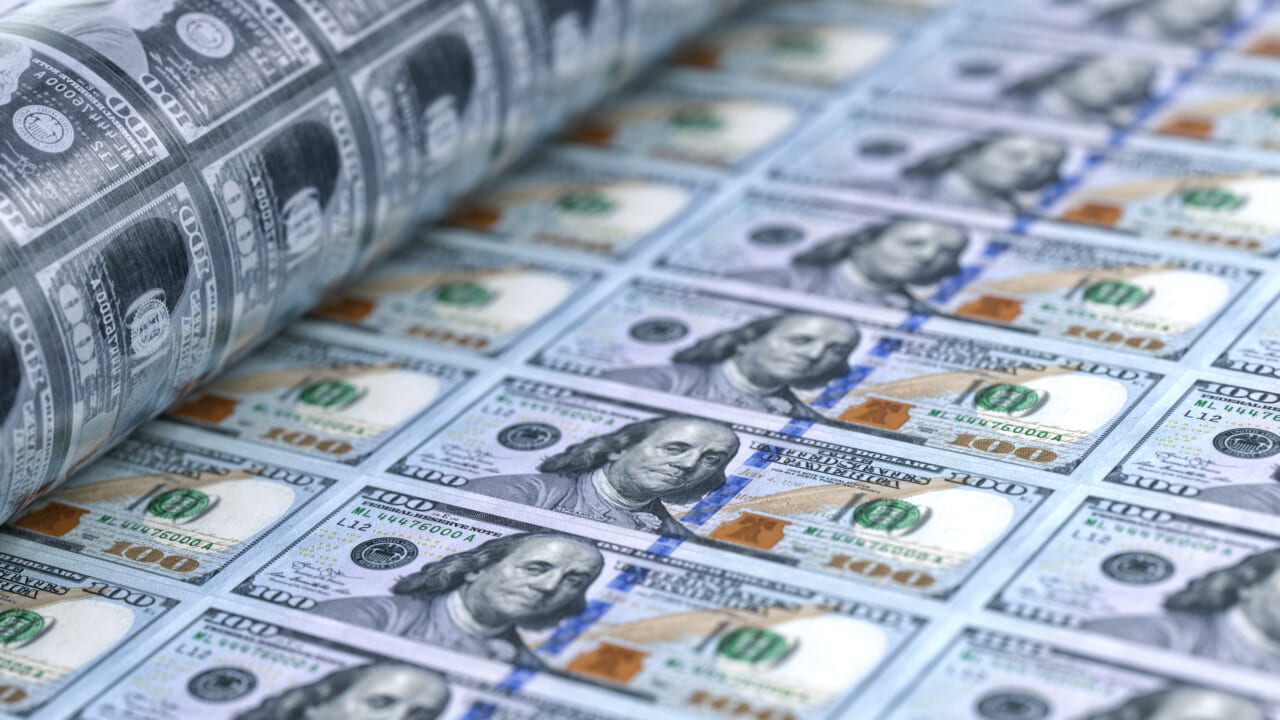April is Financial Literacy Month, and with news of the coming stimulus package associated with the CARES act, many people are spending their “Trump money” before they get it — mistakenly, however, because many of them may not be eligible. The following is a breakdown of who will NOT be receiving a stimulus check.
- Nonresident aliens (those without a green card)
- Adults who can be claimed as dependents (including college students between 19-23)
- Children who are 17 or 18 years old (tax code defines “child” as not attaining age 17)
- Estates
- Individuals who earn more than $99,000 or couples who earn more than $198,000 per year
- People who haven’t filed 2018 and 2019 tax returns

READ MORE: Trump signs historic $2.2 trillion stimulus bill amid COVID-19 crisis
Unfortunately, many don’t qualify for the payment and could really use the money from the much-anticipated stimulus check. If you do qualify, however, here is the breakdown of payment amounts based on your 2019 or 2018 recorded (based on completed tax returns) adjusted gross income. Payment amounts decrease by $5 for every $100 above the income threshold.
$75,000 – $1200
$80,000 – $950
$90,000 – $700
$95,000 – $450
$99,000+ – $0
Still with me? Good! The implications of these guidelines do get murky, however, when it comes to the blended or broken households ever-present in our communities and the reflection of poor financial literacy therein.
For instance, a “typical” family of four is eligible for a $3,400 recovery rebate. That’s assuming that the couple is married and have filed taxes jointly ($2400) and that the 2 additional children are under the age of 17 ($500 per child).
READ MORE: 5 ways to protect your finances during the coronavirus recession
But what about the unmarried couple co-parenting? Or the child you let a family member claim as a dependent on their tax return in 2018 or 2019? Furthermore, although the responsible thing to do with the money is to use it for necessities, what if your necessities are covered? How then should you use the money?
I believe that the best financial investment is an investment in financial education. Here are 5 ways to spend your stimulus check regardless of the amount.
1. Pay yourself first
This is a mantra I live by every time I receive payment. Whether it’s 10% of the full $1200 or 10% of $450, putting money aside for YOU is a discipline and this payment will allow for you to begin to nurture that. Where you put that money is almost just as important as the fact that you’re putting that money away, which leads me to number 2.
2. Invest in your future
It’s a sad reality in our communities that we often don’t believe we’ll make it to retirement age. Even sadder is the reality that sometimes many of us don’t. Whether planning for retirement, college education, or death (via a life insurance policy) there are a variety of options available for you to take that first step toward planning for your future. There’s an old quote that goes, “The journey of a thousand miles begins with one step.” Take that step and start planning for your future.
3. PAY YOUR BILLS!
Listen, I know my people. With many service providers embracing a culture of payment deferrals during the COVID-19 crisis, many people may feel as though they can and should take a bill vacation. This is a mistake.
Understanding what long-term impacts this may have on your finances is crucial as I’ve already witnessed stipulations that suggest full payment for the deferral period is due at the end of the deferment term. This means you’ll have to fork up the total of each month you didn’t pay at one time. Reach out to service providers and understand the terms of that agreement before moving forward and activate that agreement only as needed.
4. Invest in education
As a child, my grandfather used to say that the best education you can get is through traveling and reading in that order. I’ve also heard that “if you want to hide something from a Black person, put it in a book.” With suggested (and in some places mandated) quarantines occurring, now is the perfect time to dust off an old book or buy a new one and start learning.
As an advocate for financial education the book, “Rich Dad, Poor Dad,” changed my perspective and trajectory for learning more in the space. However, there are a host of books on personal finance by Black of authors out there including my own (shameless plug).
5. Actually invest
During market corrections like these the prices for stocks, real estate, commodities, etc. are often much lower than in a thriving economy. While many are panicking about their dwindling 401k plans, I’ve become increasingly excited about the opportunities to buy low and hold, or buy low and sell high. Investing in the stock market, for instance, is easier than ever with apps like Robinhood and Webull, or traditional brokerages like Merrill Edge, TD Ameritrade, or Fidelity. If you’ve got your bases covered, it might be worth taking a look (not investment advice!).
And there you have it! 5 constructive ways to spend your Trump money if you’re eligible.
Be safe out there y’all. Don’t forget to wash your hands!
Rahkim Sabree is a Connecticut based hybrid-entrepreneur with nearly 10 years of experience in banking, a 2x author, and a non-profit co-founder. He is active on Instagram/Twitter @RahkimSabree. Visit his website at RahkimSabree.com where you can find his book “Financially Irresponsible.”
Source link
 Black America Breaking News for the African American Community
Black America Breaking News for the African American Community
